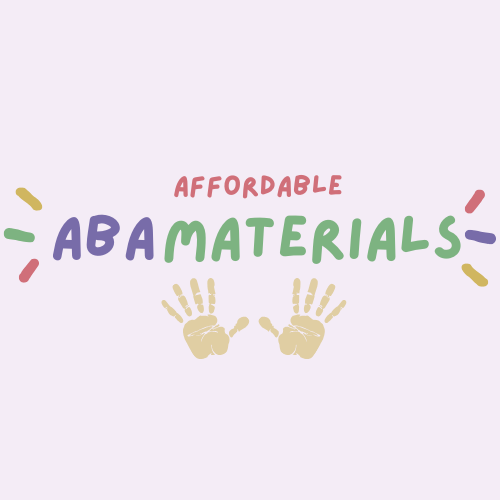
Boost Communication Skills with Flashcards: A Simple Tool That Makes a Big Impact
Share
Strong communication skills are essential for every child—but for children with autism, speech delays, or other developmental differences, finding the right tools can make all the difference. One simple, effective resource that’s stood the test of time? Flashcards.
Whether you’re a parent, therapist, or educator, flashcards can be a powerful tool in building expressive and receptive language skills. Let’s explore how flashcards help improve communication—and how you can use them effectively at home, in therapy sessions, or the classroom.
Why Flashcards Work for Communication Development
Flashcards are visual, engaging, and easy to adapt to individual needs. Here's why they're especially helpful for building communication:
1. Encourages Visual Learning
Many learners—especially visual learners—benefit from seeing images that represent words or actions. Flashcards provide a consistent, visual cue that helps link vocabulary to real-world objects, people, or ideas.
2. Reinforces Vocabulary
Flashcards are perfect for repetitive practice. Whether you're working on nouns, verbs, emotions, or categories, repeated exposure to these cards builds memory, increases word recognition, and strengthens expressive language.
3. Builds Confidence Through Predictability
Routine and predictability help children feel secure and ready to engage. Flashcards offer a consistent structure during learning time, helping children anticipate what’s next, which builds confidence and reduces anxiety around communication.
4. Promotes Turn-Taking and Interaction
Using flashcards during structured activities helps teach important social skills like turn-taking, asking questions, and responding appropriately. These foundational skills are crucial for successful communication and interaction.
How to Use Flashcards for Communication Practice
Not sure where to start? Try these ideas:
- Name it: Hold up a flashcard and ask your child to name the item. For non-vocal children, they can point or use an AAC device to respond.
- Find it: Lay out a few cards and ask them to identify a specific one. "Can you show me the banana?"
- Sort it: Group cards by category (animals, foods, actions) to build categorization and conversation starters.
- Act it out: Use action flashcards to encourage movement and verbal imitation—“Show me jump!”
Keep sessions short, fun, and praise-based for the best results.
Shop Flashcards at Affordable ABA Materials
Our flashcards are thoughtfully designed with clean visuals, child-friendly fonts, and easy-to-follow layouts. Whether you’re targeting core vocabulary, receptive language, identify common objects we’ve got bundles that support communication growth at every stage.
Explore Our Flashcards Collection and find the perfect set for your learner today!
